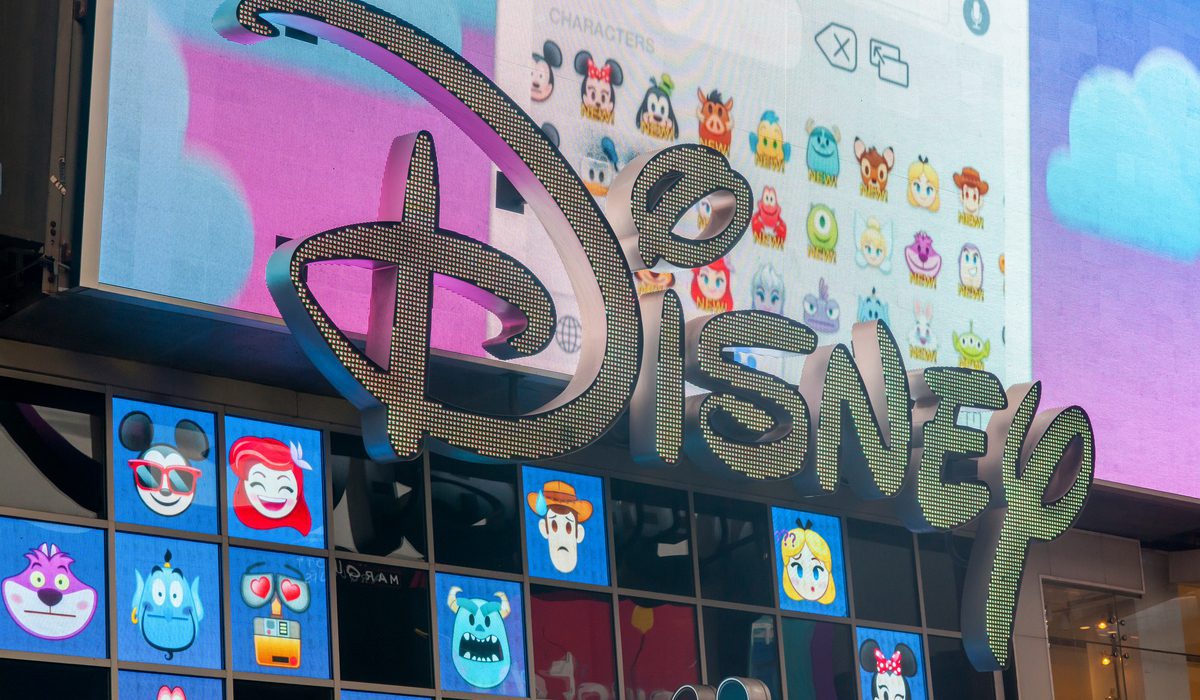Metaverse Visions Are Vanishing As Consumers Gravitate to the Digital Connected Economy

Is the metaverse doomed, or do people just enjoy seeing Meta chief Mark Zuckerberg humbled in a time just before a digital singularity where social media gets edged out by virtual worlds?
It depends on whom you ask. Talk to Walt Disney Co. and the answer is “we’re out,” at least for now. News broke on Tues. (March 28) that there will be no Mouse in the metaverse for the foreseeable future.
The Wall Street Journal reported that “Walt Disney Co. has eliminated its next-generation storytelling and consumer-experiences unit, the small division that was developing metaverse strategies, according to people familiar with the situation, as part of a broader restructuring that is expected to reduce headcount by around 7,000 across the company over the next two months.”
Microsoft is also scaling back its commercial metaverse plans, shifting to an “industrial metaverse” footing with chip maker Nvidia on its NVIDIA Omniverse™ Cloud 3D design platform that’s already in use by automakers including BMW Group and Jaguar Land Rover.
Meanwhile, WSJ said on Wednesday (March 29) that “Smaller companies such as Decentraland and the Sandbox where users have been able to buy virtual land and build their own worlds have seen some of the most success so far. But even so, land sales are down. The median price per square meter in Decentraland has dropped from about $45 a year ago to $5, according to data from WeMeta, the firm that tracks the sales.”
Even Chinese tech titans Tencent and Bytedance have dialed down their meta-aspirations.
Bitcoin.com reported last month that “Tencent and Bytedance, two of the biggest Chinese tech companies, are planning to execute hundreds of layoffs in their metaverse development groups according to various reports. Tencent, which is most known for its software business, is currently abandoning its plans to get into the metaverse hardware market, affecting hundreds of employees at the company.”
Read: How Facebook Turned the Metaverse Into a Buzzword
Goggles Optional In the Connected Economy
Much of the metaverse maligning derives from wearing giant augmented reality (AR) and virtual reality (VR) goggles that are expensive, unwieldy, and, frankly, weird people out.
Perhaps more comes from consumers rejecting life in immersive virtual worlds for the handy and entertaining connected digital economy we’re already living in — no goggles are required.
In her meta-take on the imbroglio, PYMNTS’ Karen Webster wrote on Monday (March 27) that “the app economy that emerged over the decade of the 2010s inspired innovators to create the infrastructure and the apps for the consumer-driven version of the convergence of the digital and physical worlds. Innovators weren’t inspired to create apps that asked users to abandon the physical world, but instead to use technology to create more convenient ways to live in it.”
Webster’s analysis is frankly “immersive.” It shows where metaverse-like experiences can be valuable, from healthcare to retail. Still, she, like Disney, Microsoft and Tencent, doesn’t see humans abandoning IRL to spend their days wearing goggles to live in worlds of make-believe.
Not everyone is down on the concept, however. Gamers spend a lot of time and money in metaverse-like gaming experiences — most of them not requiring headgear. Proponents say that’s where the hype fest began and where the focus should remain for now.
See: Doubts Over Apple Goggles Echo Concerns for Meta and Google AR/VR Headgear Demand
Asked about, for example, merging its Fortnite gaming ecosystem with rival Roblox, Epic Games CEO Tim Sweeney told The Verge On March 23 that “You could imagine buying an outfit in Roblox and using it in Fortnite, or vice versa, if there are economic agreements and content standards so that the content was all within ratings and that there was technical interoperability as well. So, there are a lot of pieces we need to do. It’s not all going to come online at once at the same time.”

